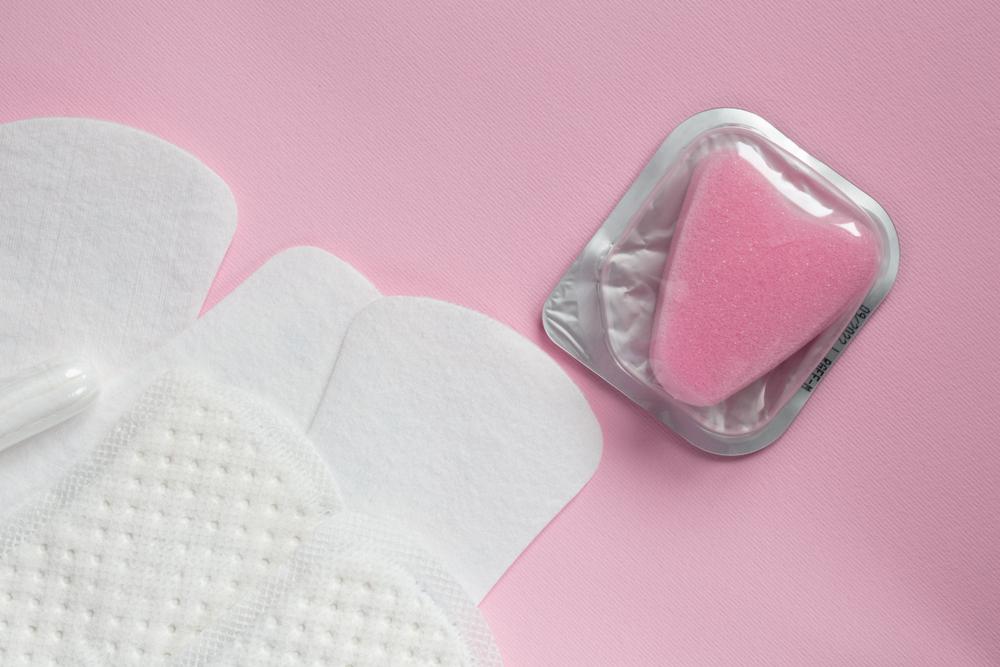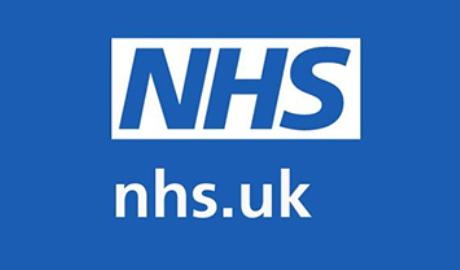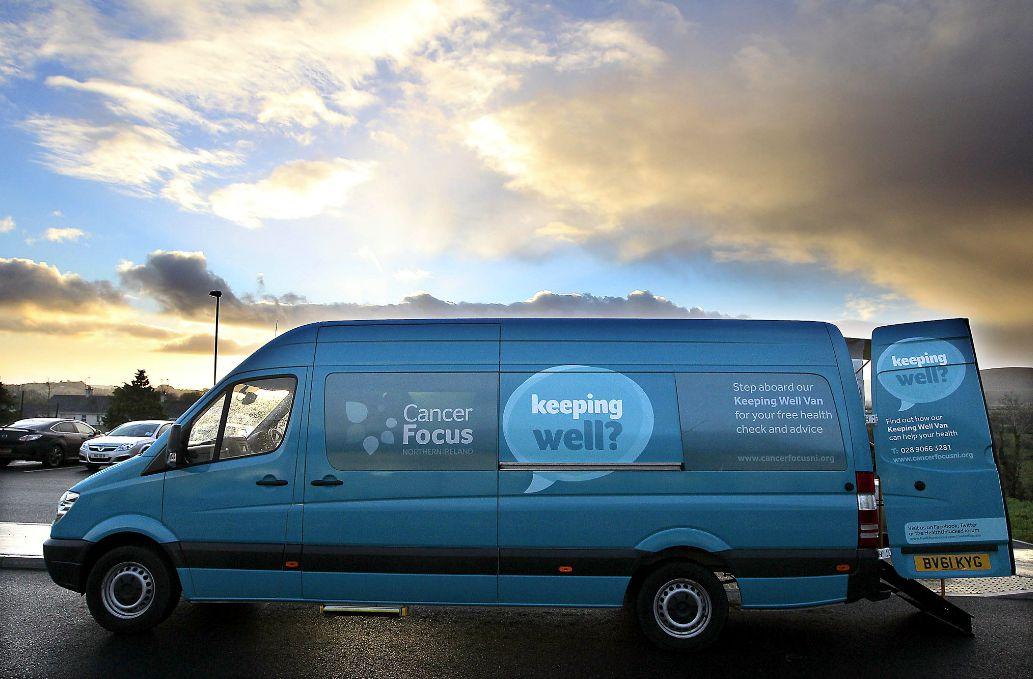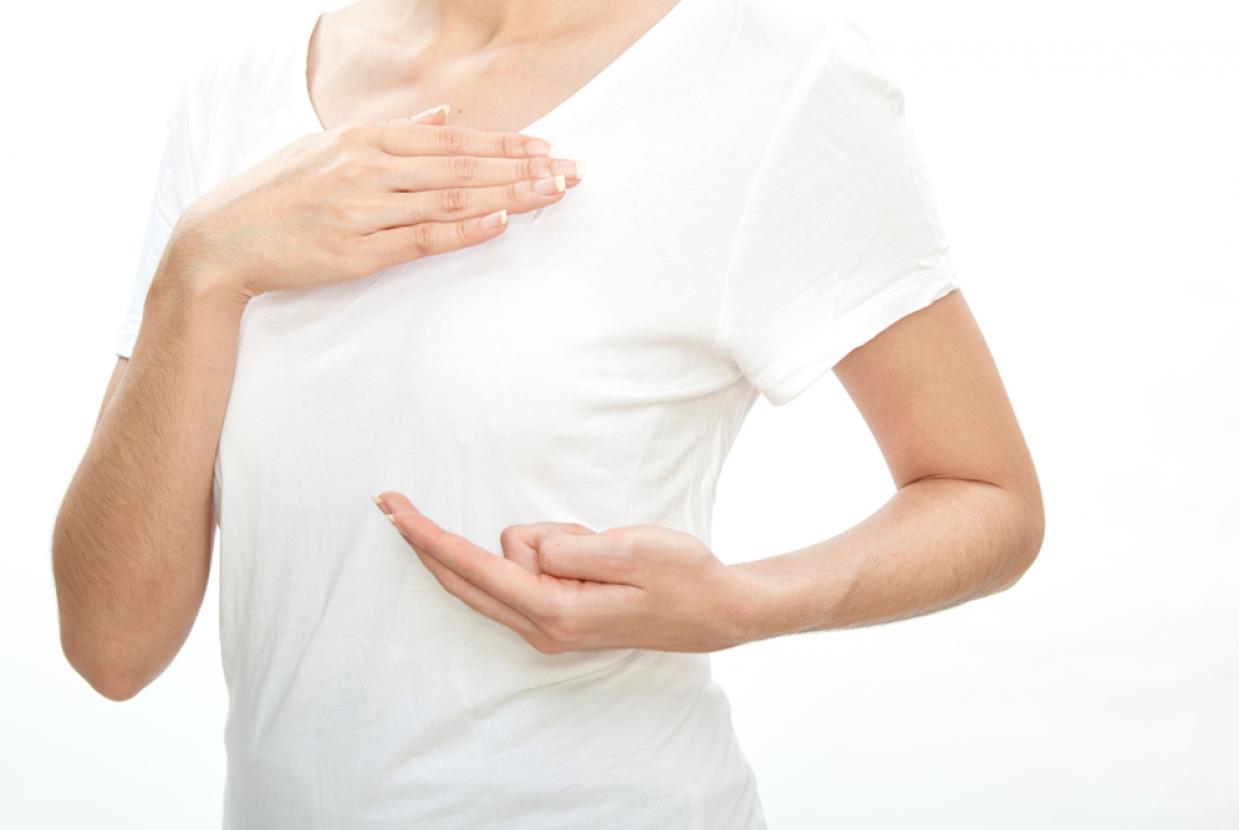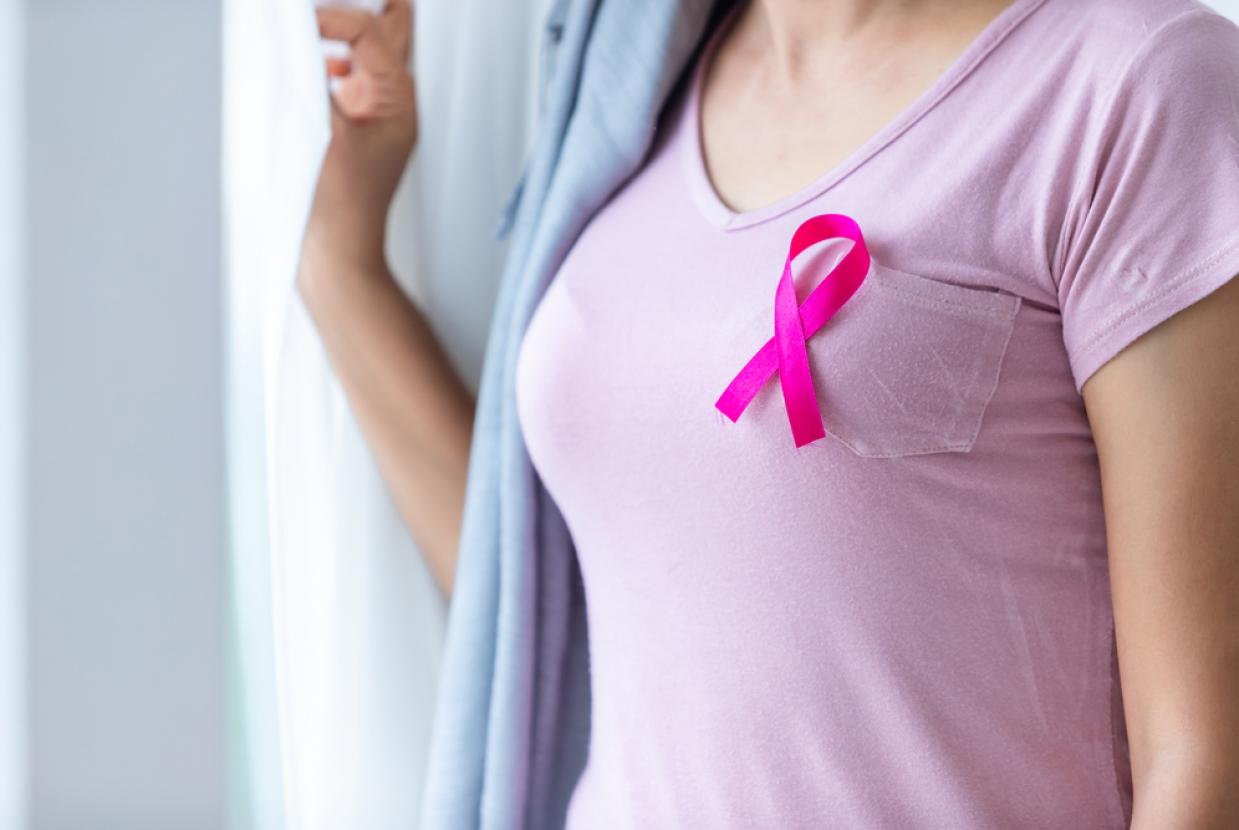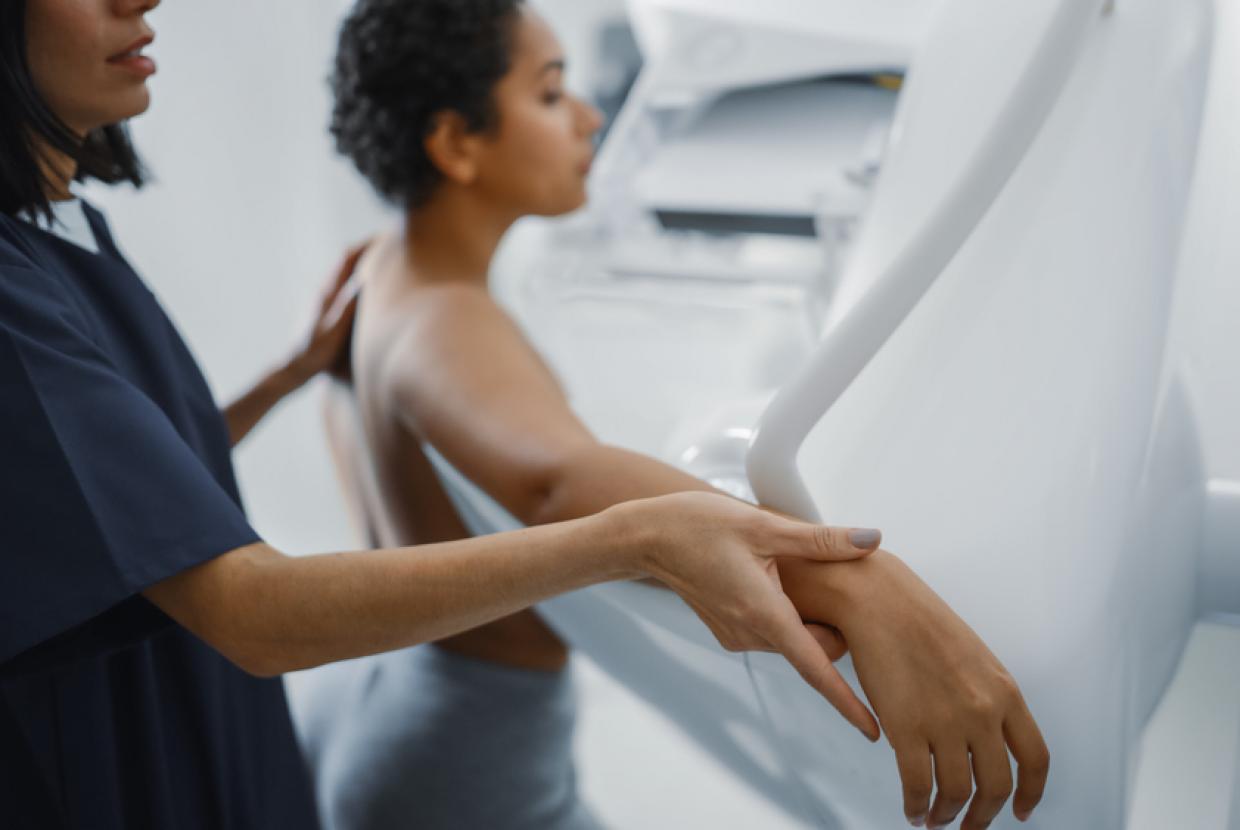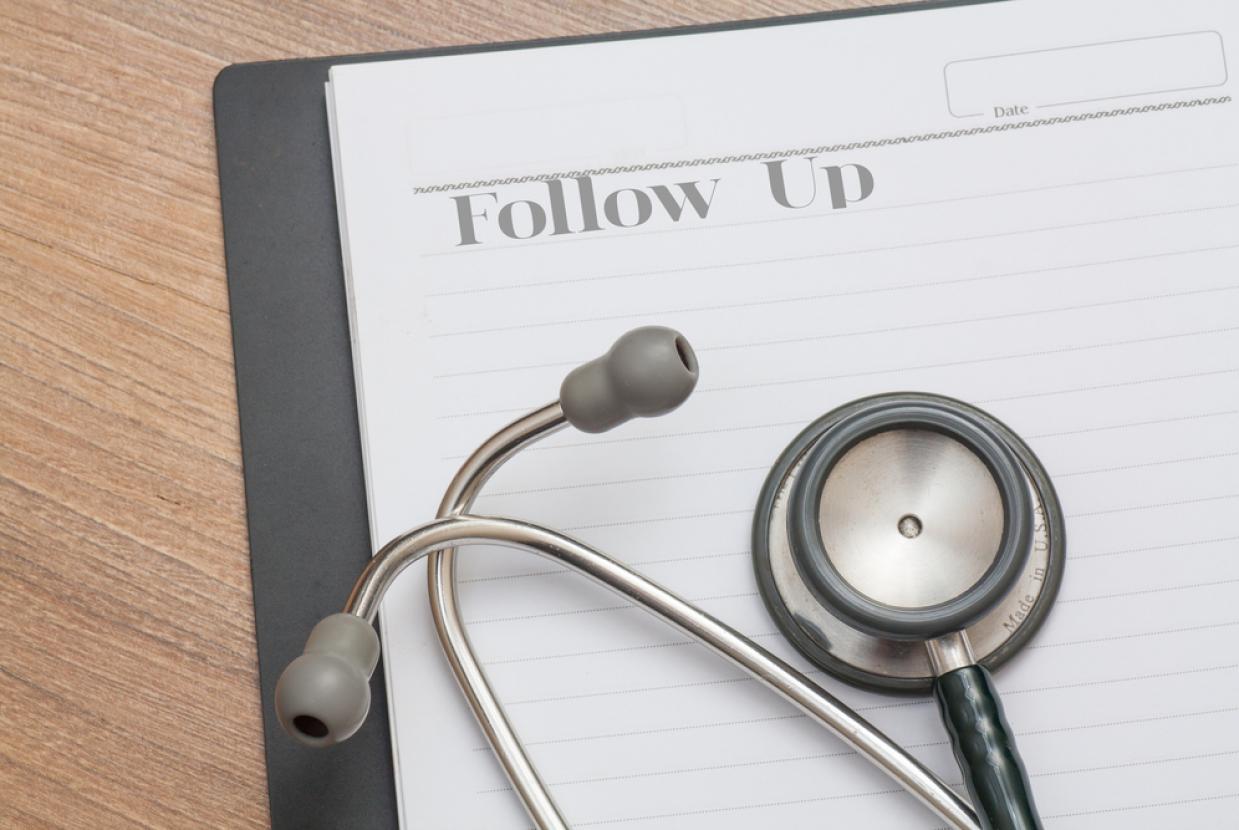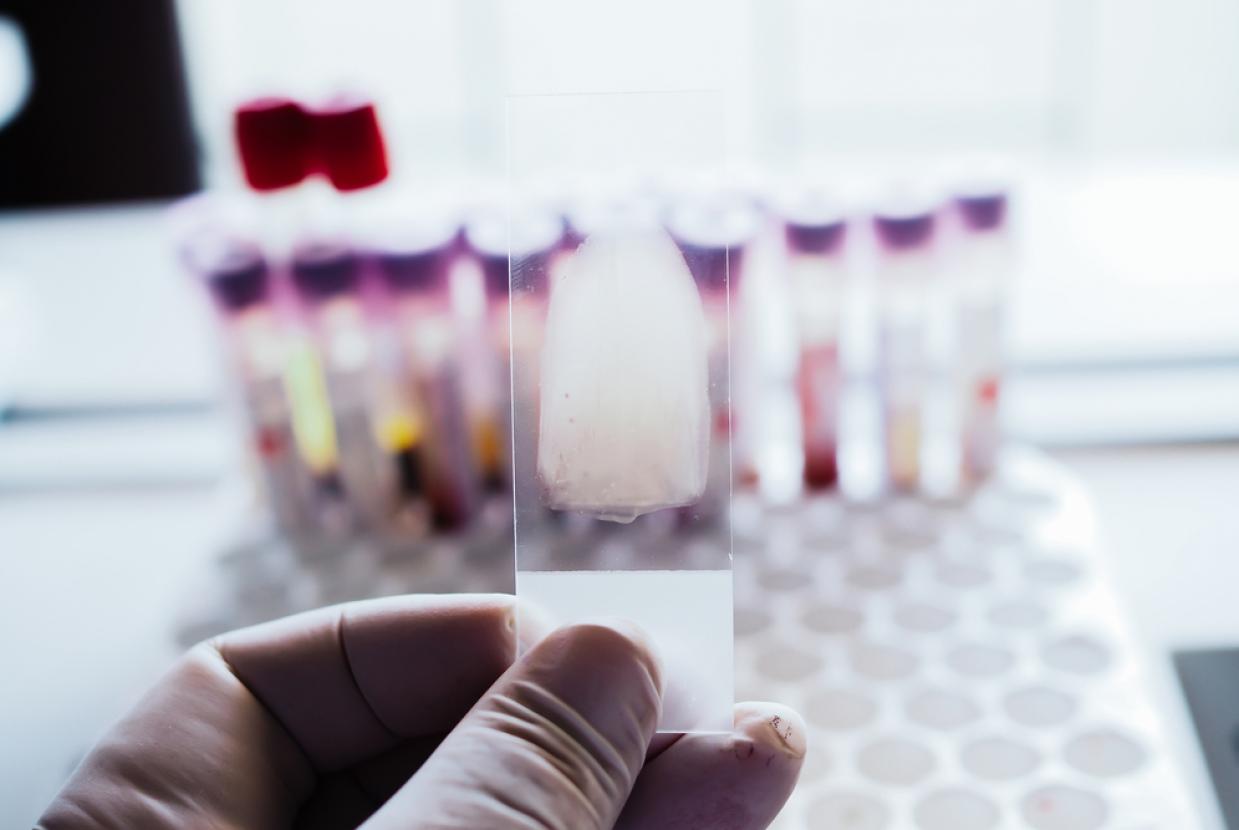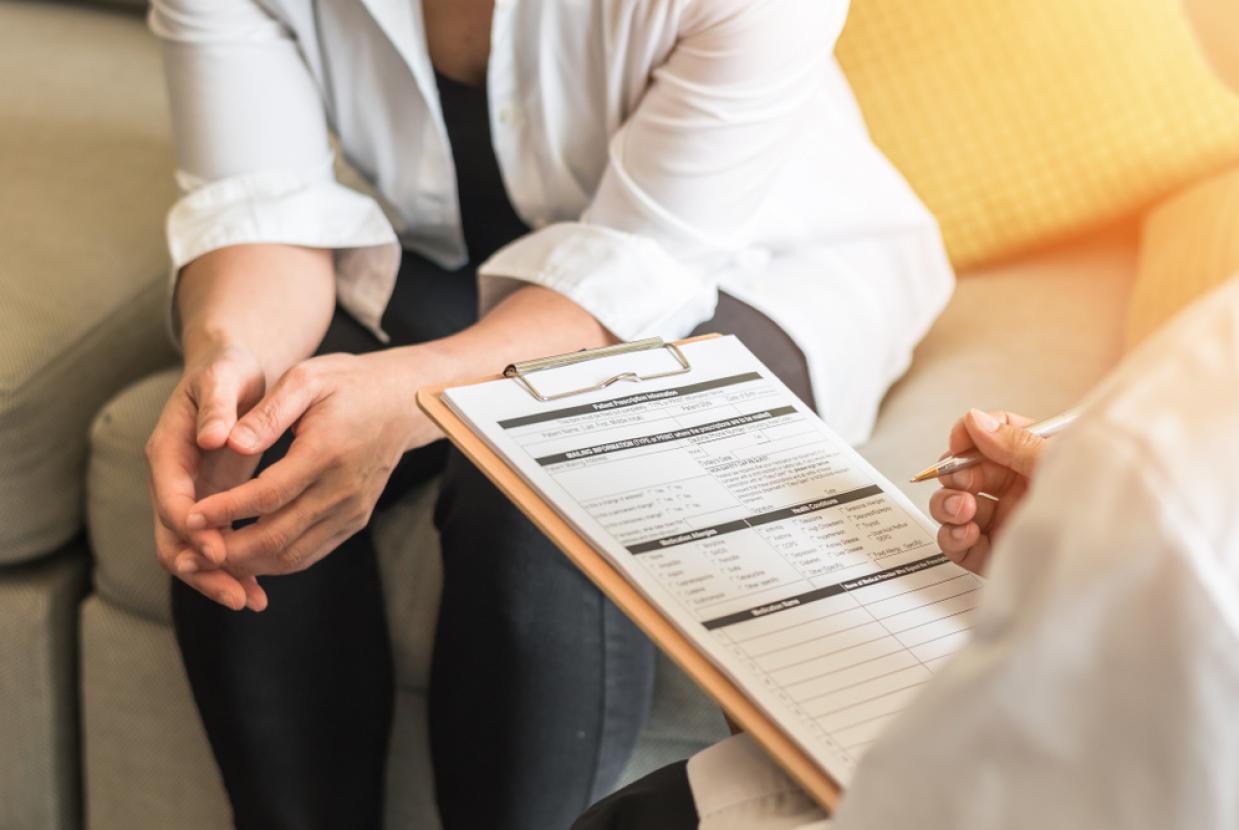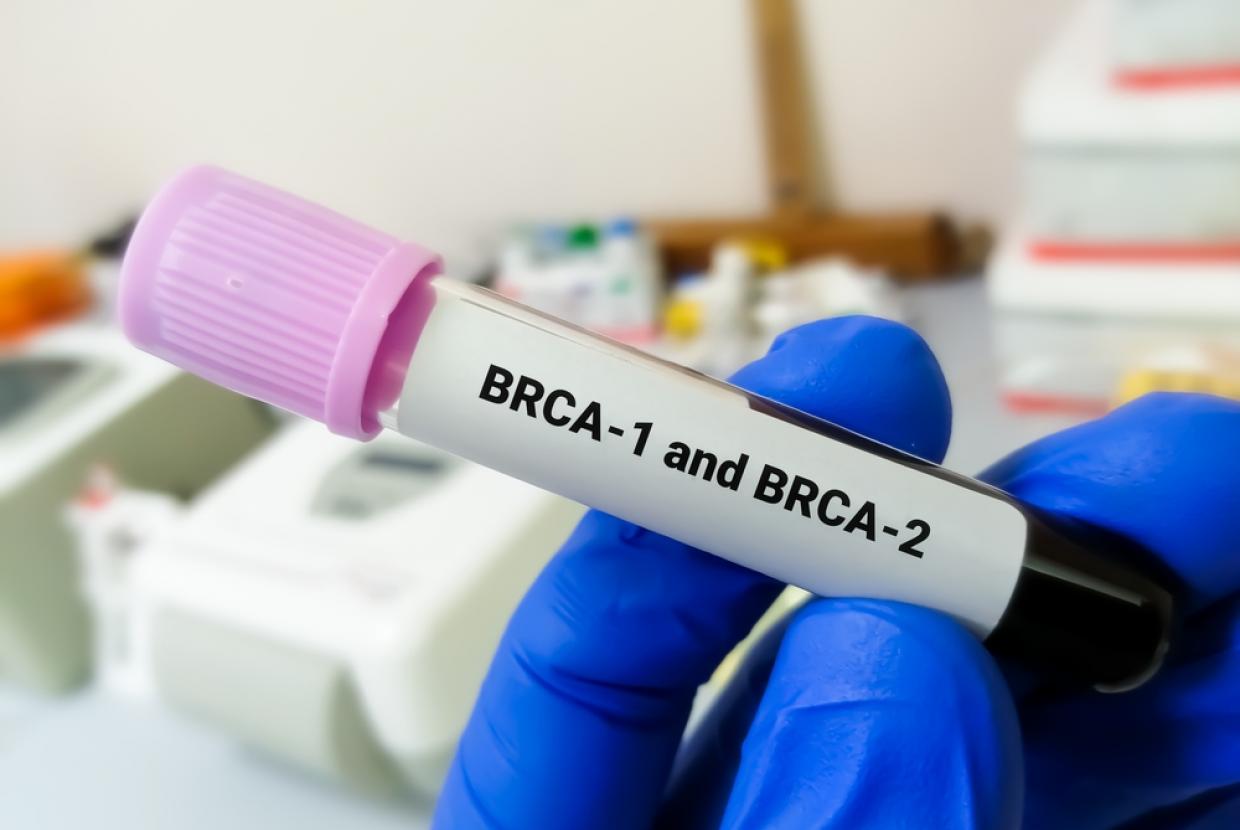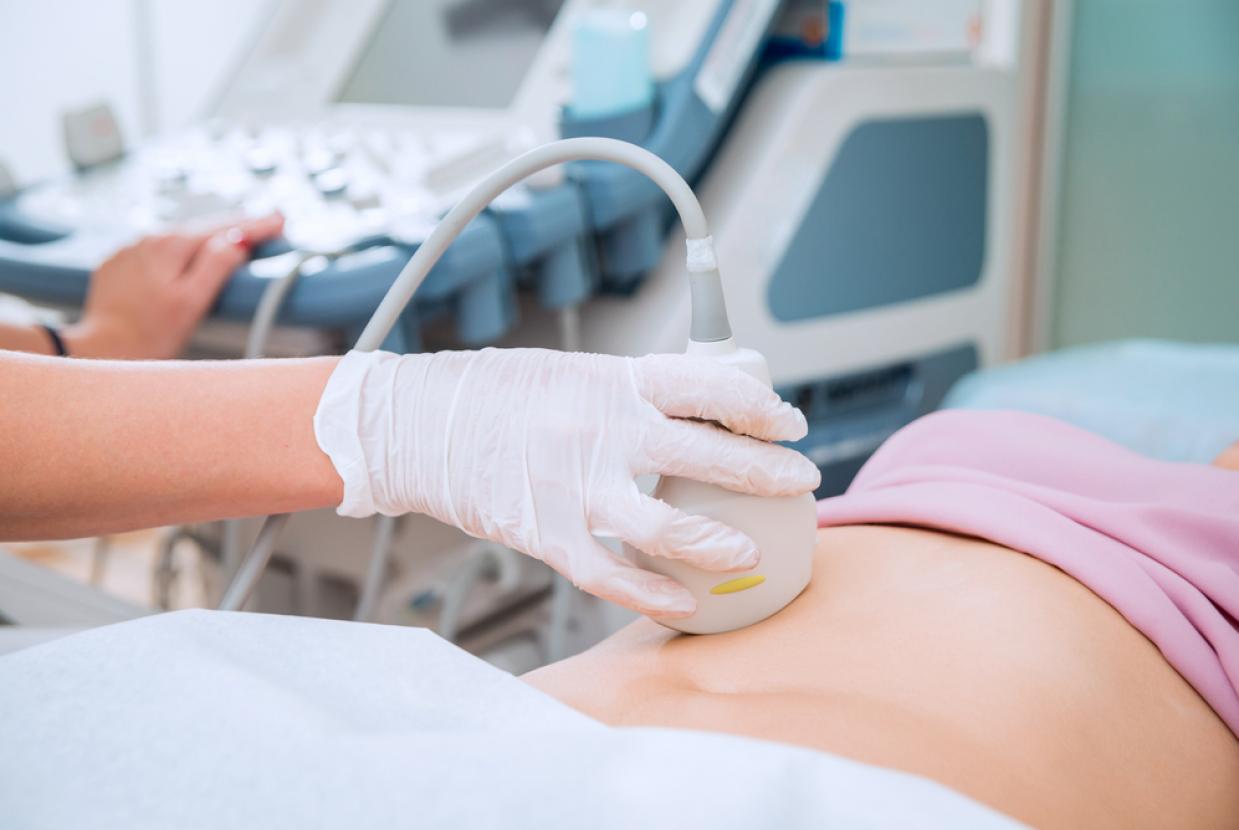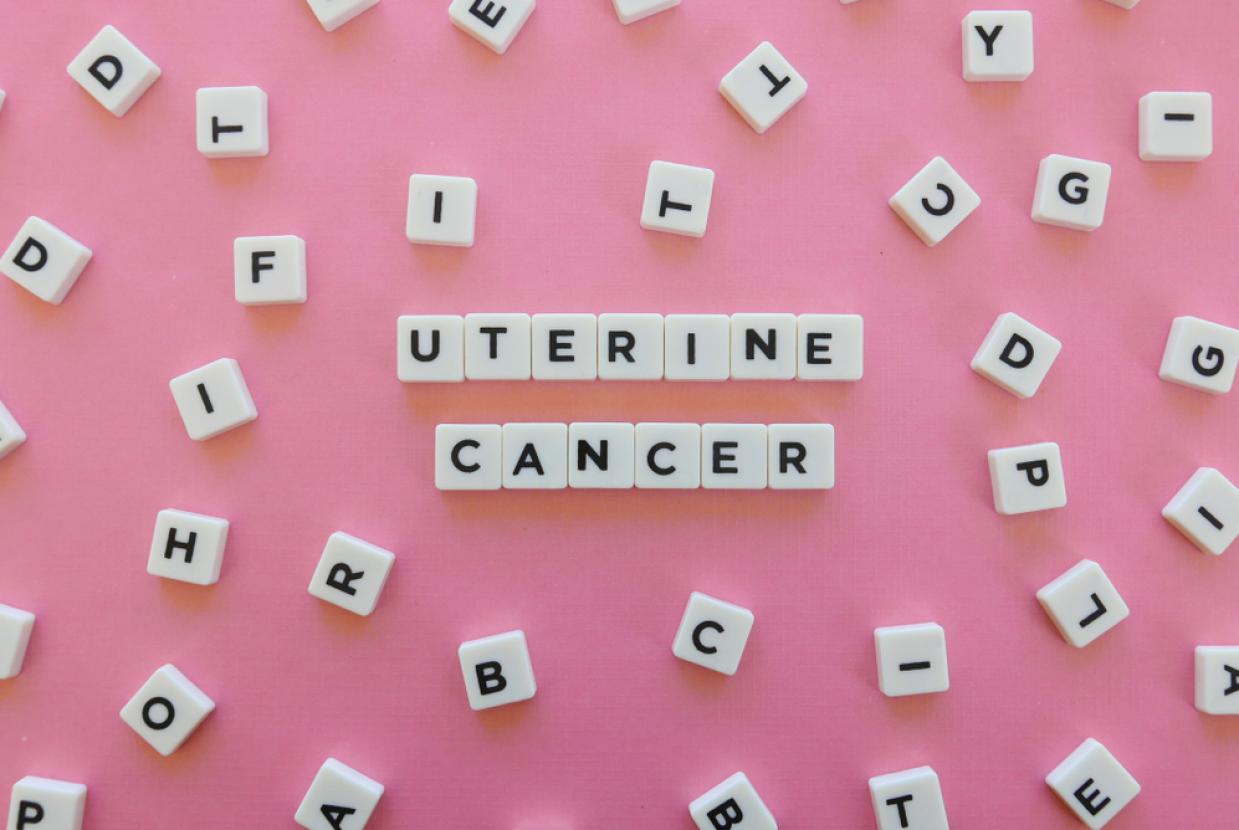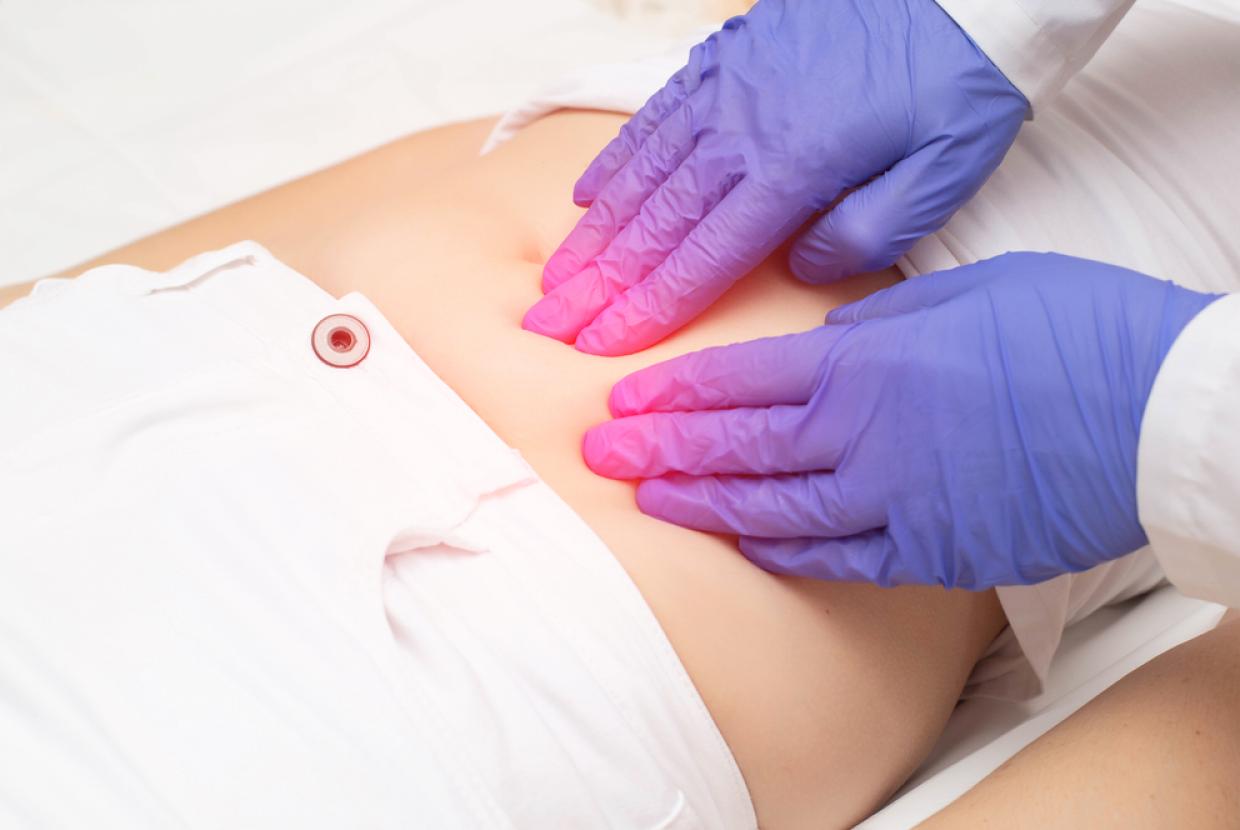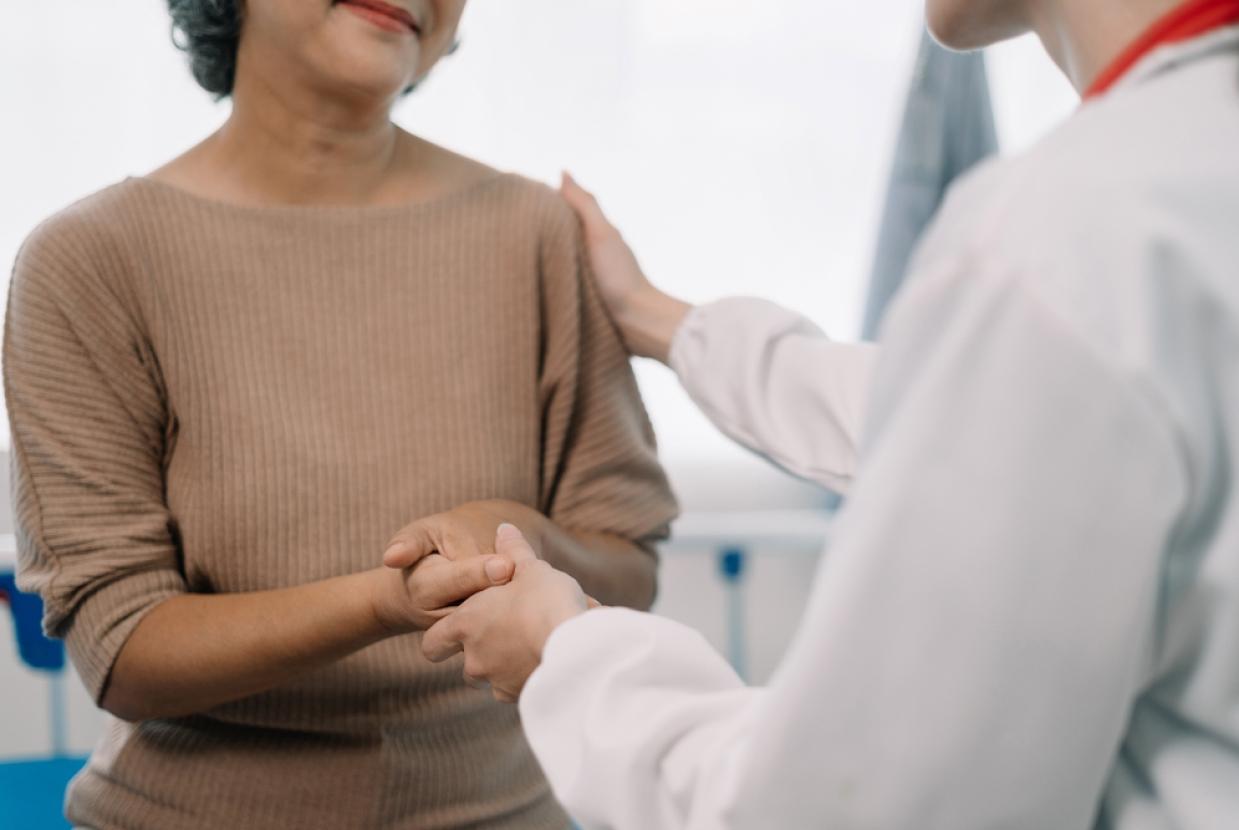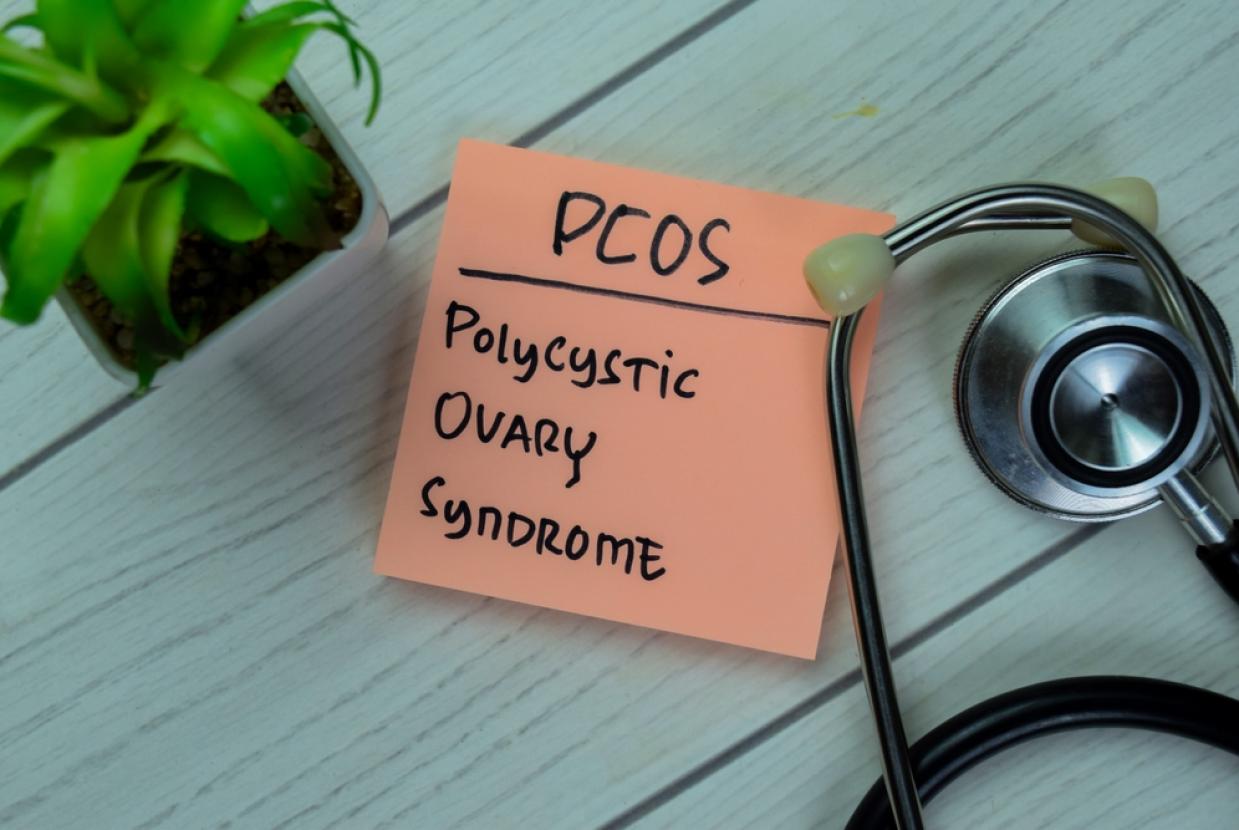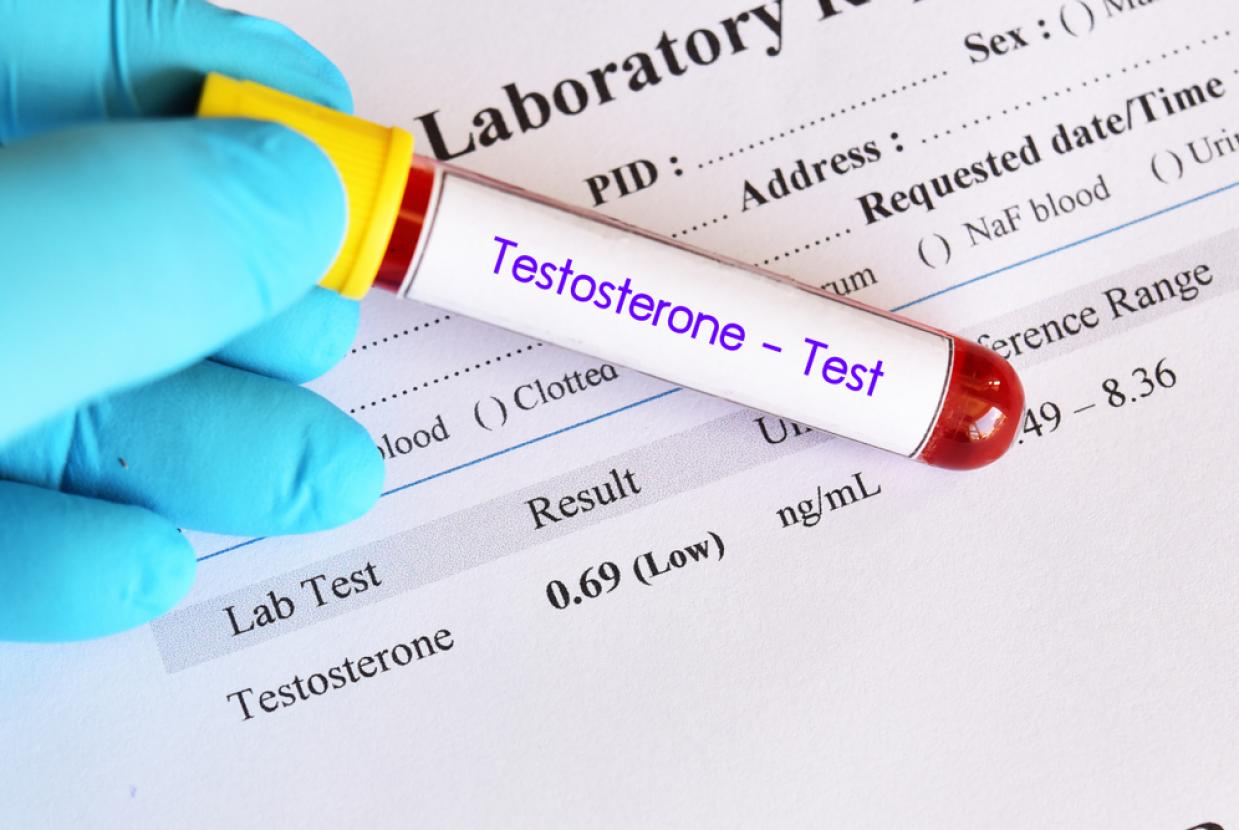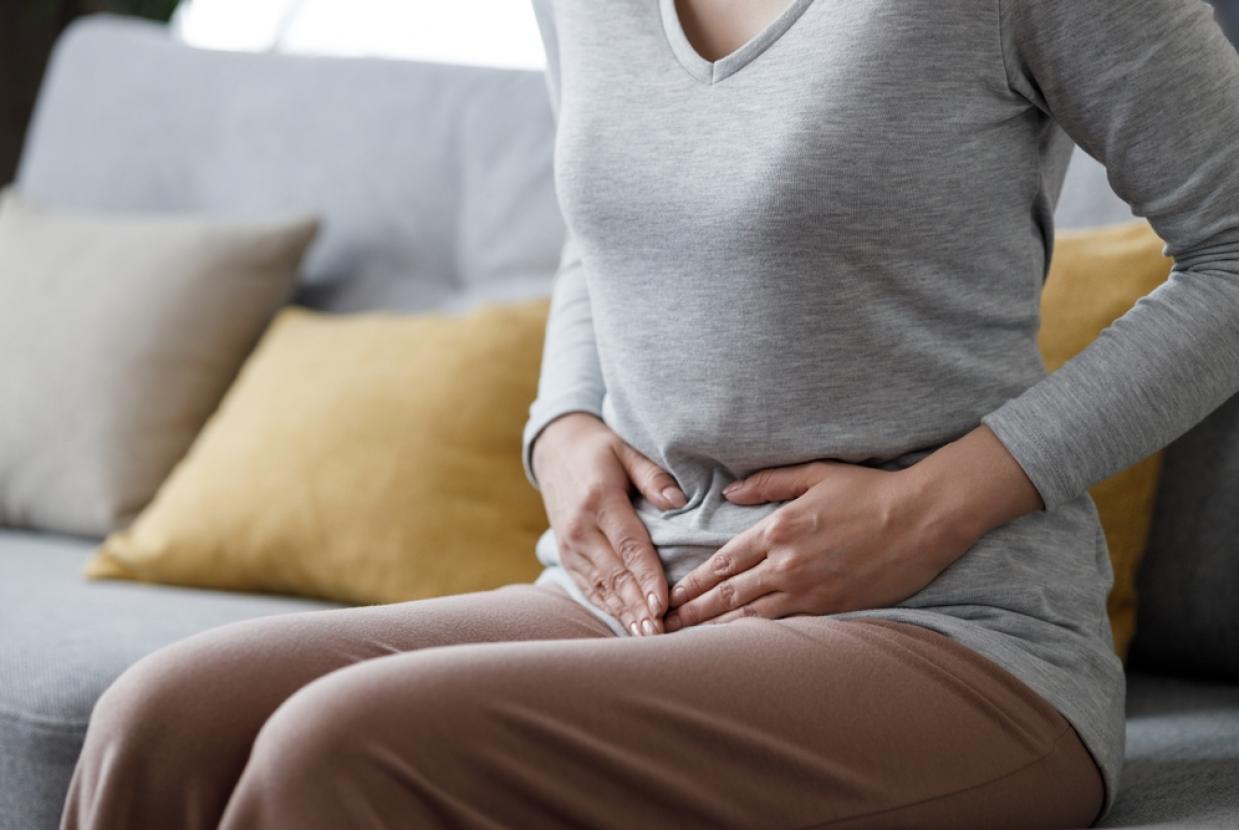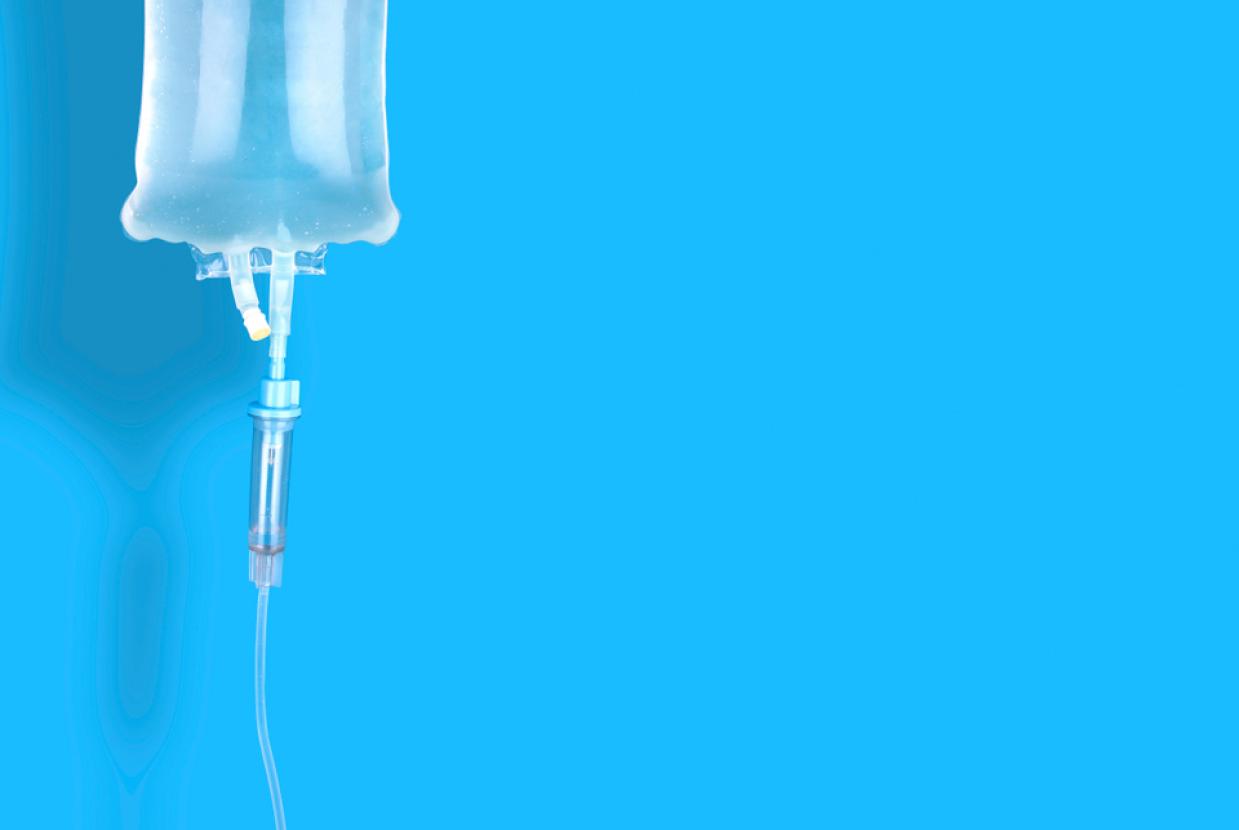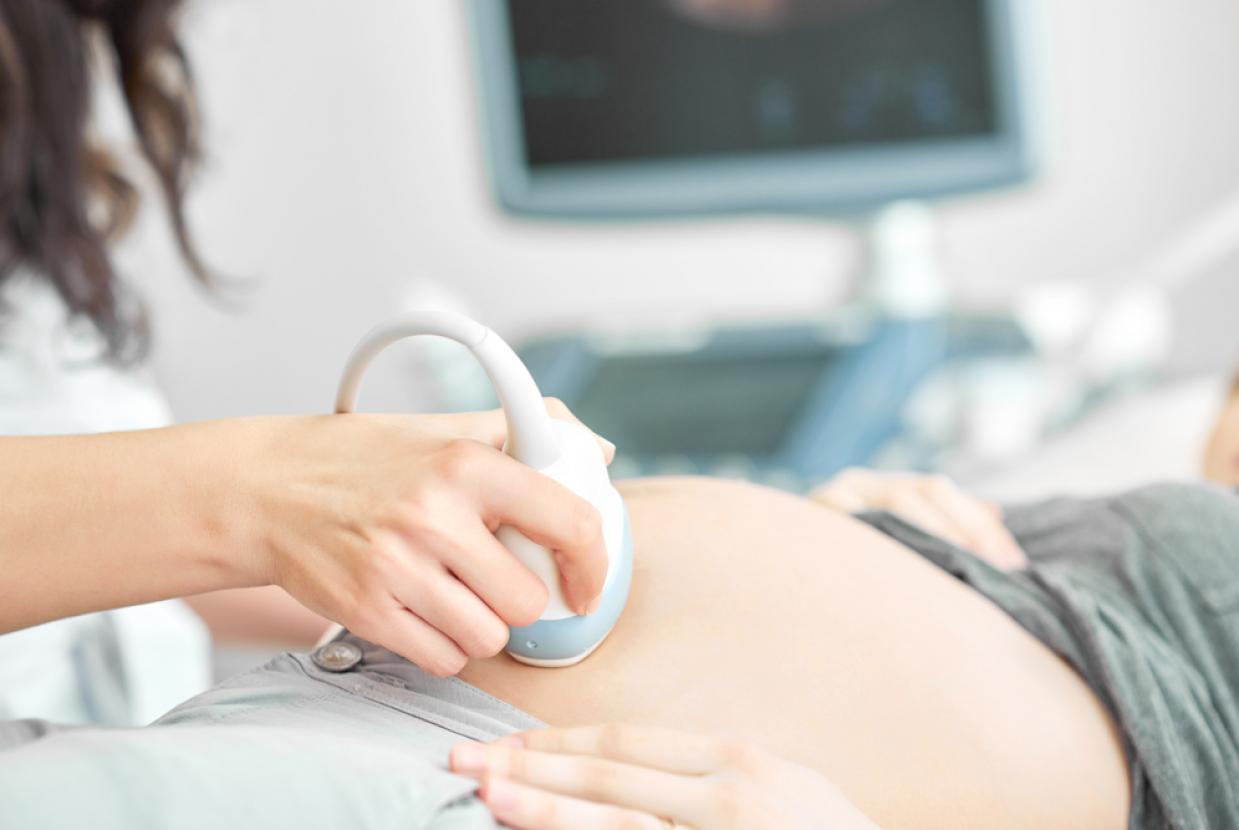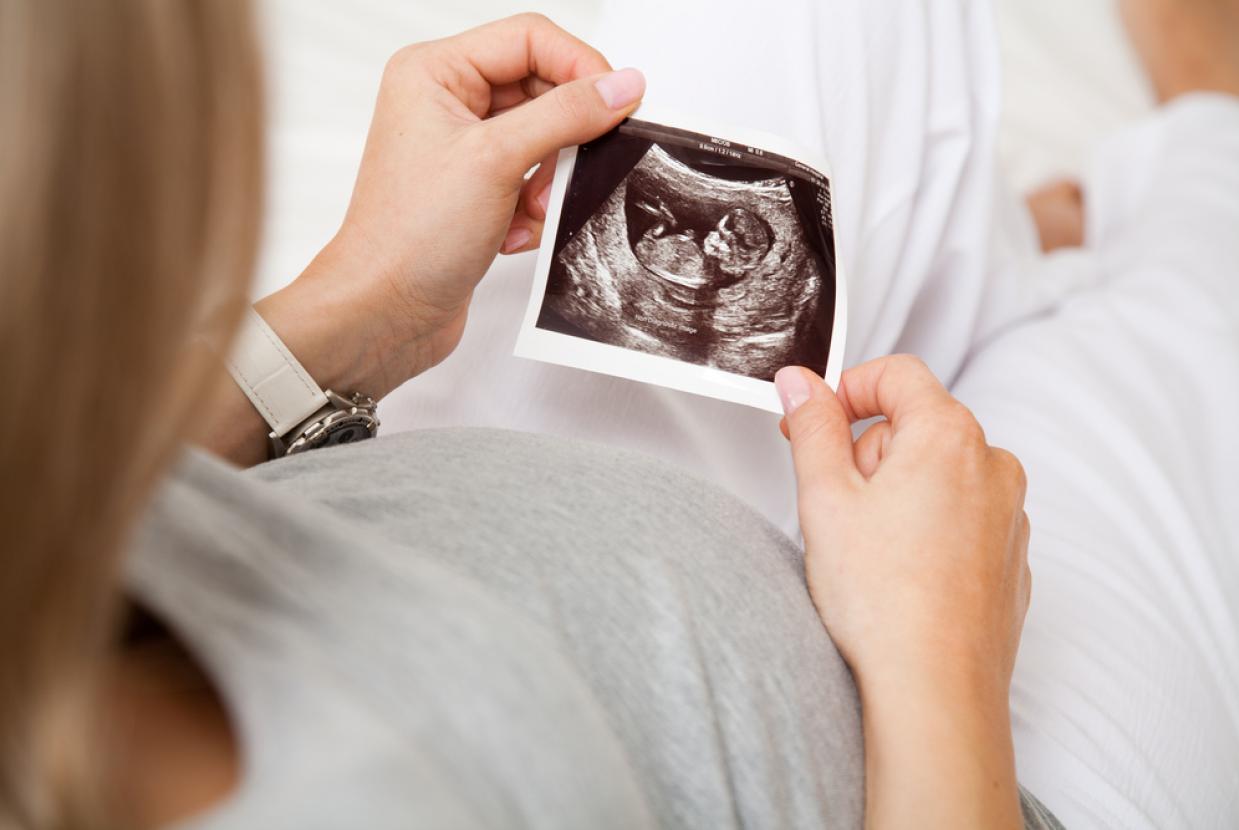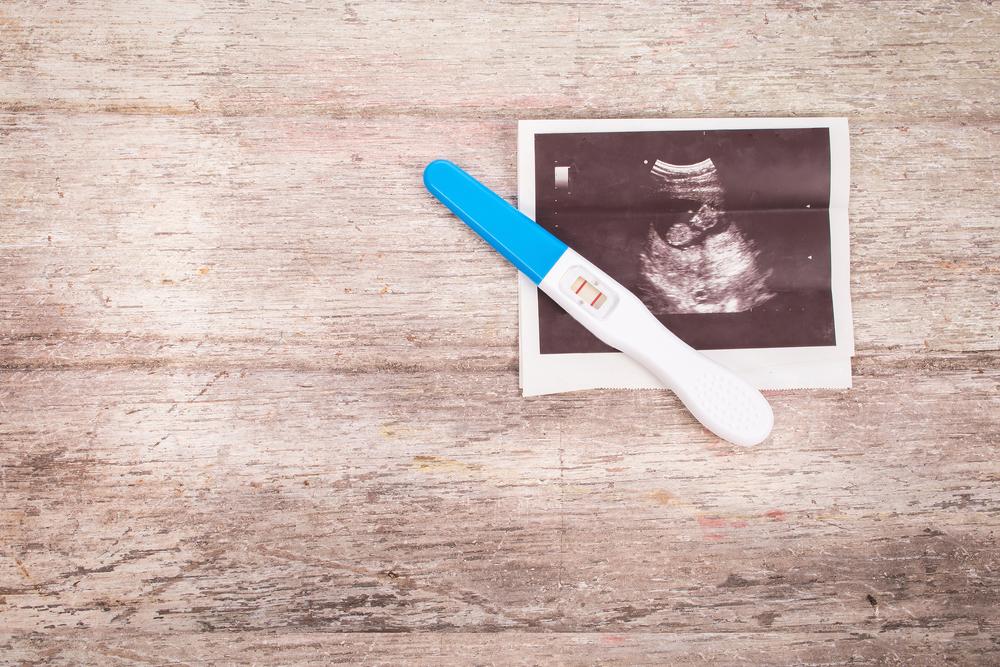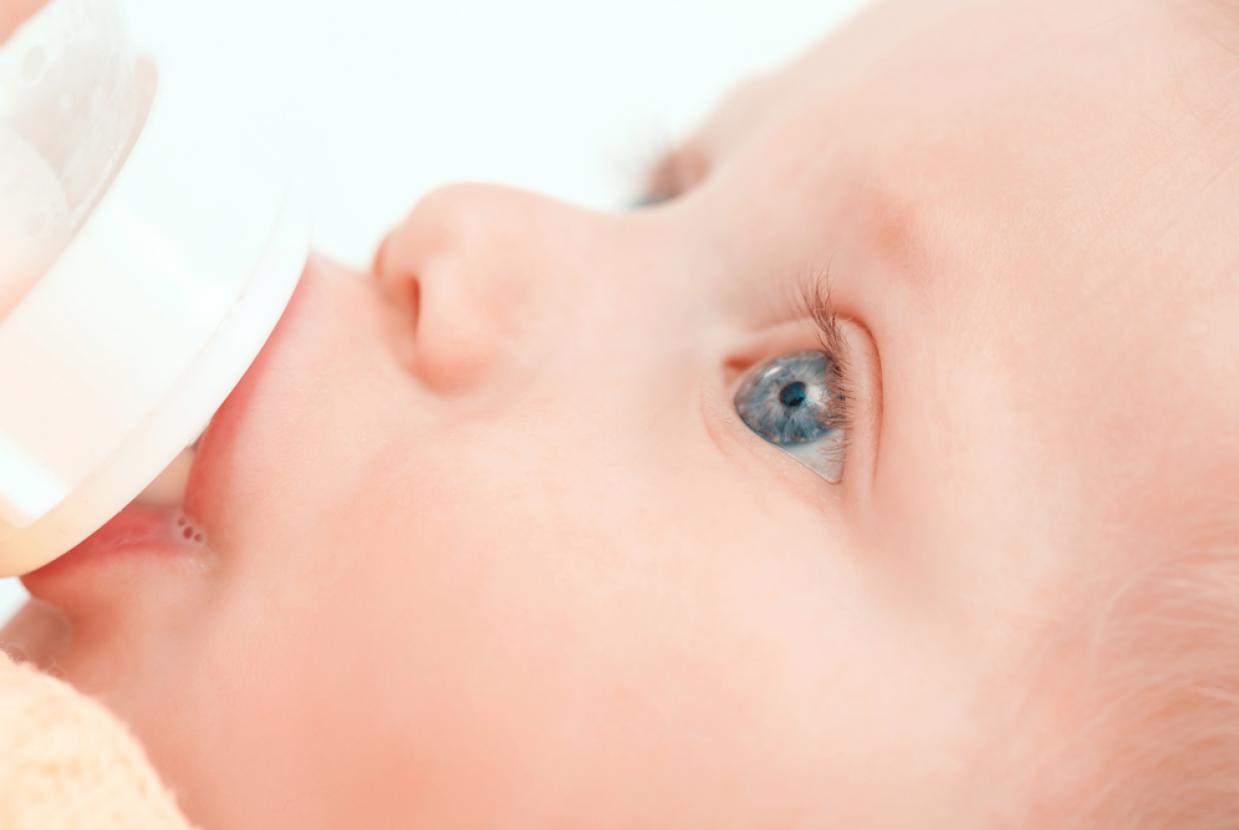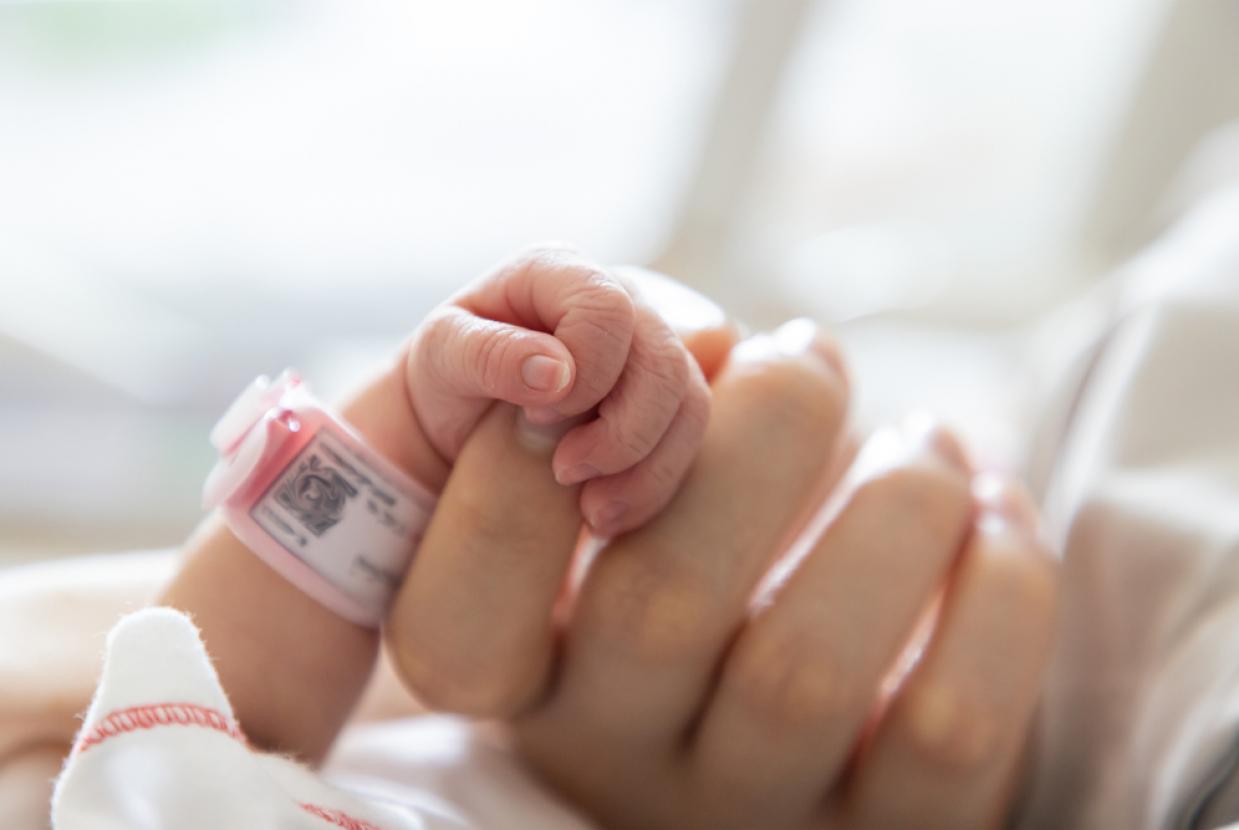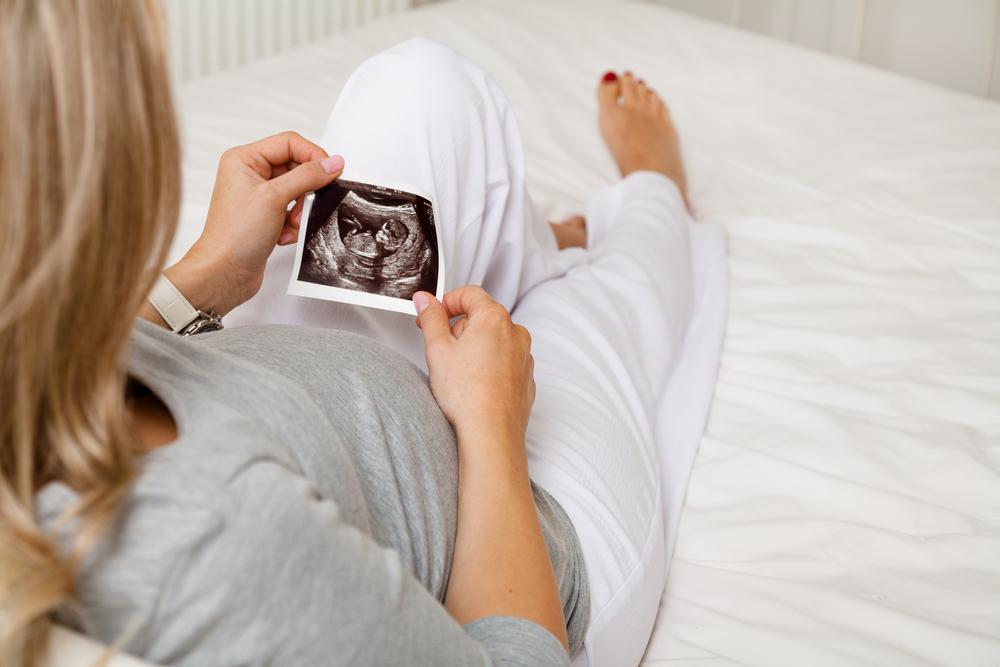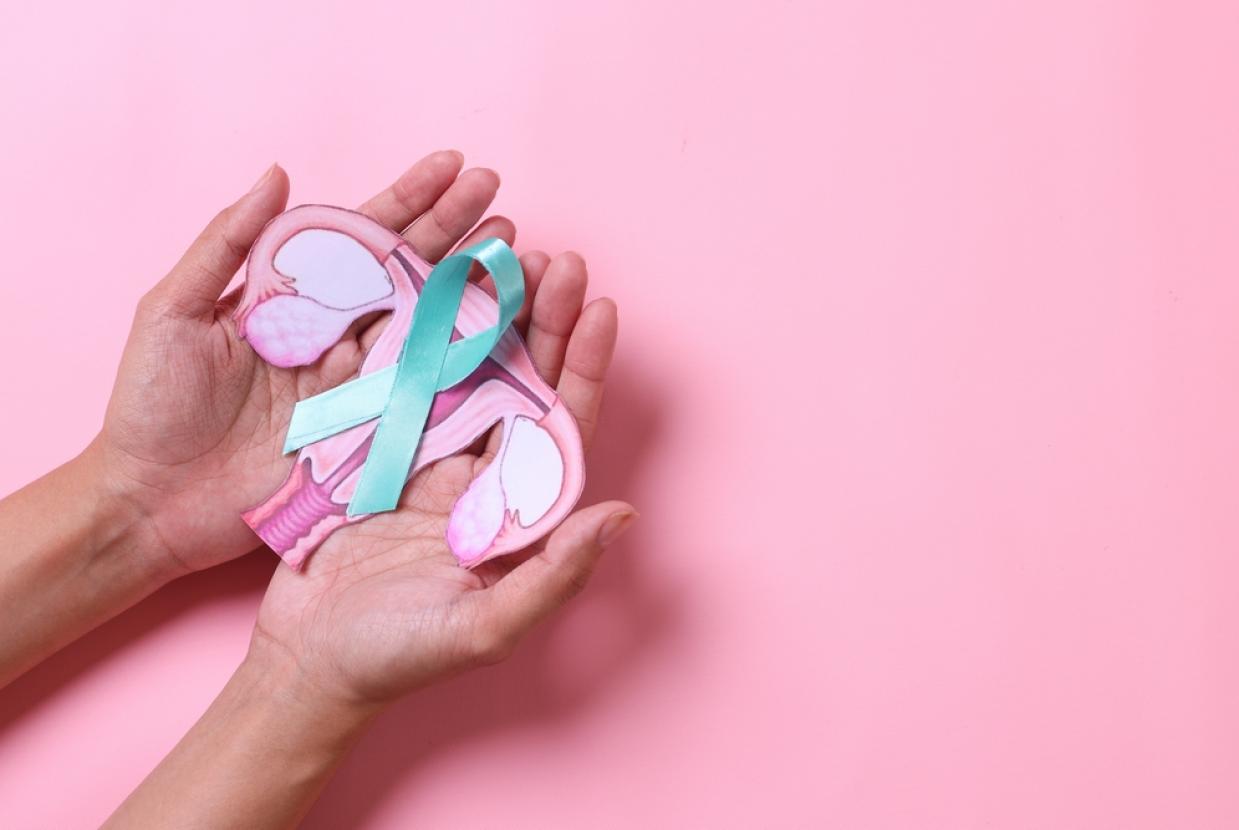Toxic Shock Syndrome
Toxic shock syndrome (TSS) is a rare but life-threatening condition caused by an infection. It can happen when using a tampon or menstrual cup, or from an infected wound. Symptoms develop quickly and you need urgent treatment.
Check if you have toxic shock syndrome
Toxic shock syndrome (TSS) can come on quickly.
Symptoms include:
- a high temperature
- muscle aches
- a raised skin rash that feels like sandpaper
- flu-like symptoms
An adult or older child has any of these symptoms:
- acting confused, slurred speech or not making sense
- blue, grey, pale or blotchy skin, lips or tongue – on brown or black skin, this may be easier to see on the palms of the hands or soles of the feet
- a rash that does not fade when you roll a glass over it, the same as meningitis
- difficulty breathing, breathlessness or breathing very fast
- large areas of peeling skin
They may not have all these symptoms.
What causes toxic shock syndrome
Toxic shock syndrome (TSS) is a rare infection.
It's possible to get TSS:
- from using tampons or menstrual cups
- from a contraceptive diaphragm or cap
- after a vaginal birth or caesarean section
- from a cut, wound, boil or burn that has become infected
Your chances of getting TSS are higher if you've had it before.
Treatments for toxic shock syndrome
You'll need urgent hospital treatment for toxic shock syndrome (TSS).
Treatment can include:
- antibiotics to treat the infection
- fluids to rehydrate you, usually through a drip in your arm
- medicine to help control your blood pressure
- oxygen
- surgery to remove infection from cuts or wounds
Toxic shock syndrome (TSS) is rare, but there are things you can do to reduce your chance of catching or spreading a bacterial infection.
Get Help from NHS 111 if:
You think you might have toxic shock syndrome and you have any of these symptoms:
- a high temperature
- feeling shivery, with muscle aches
- vomiting and diarrhoea
- severe pain in your arms or legs, or all over your body
- a rash that feels rough like sandpaper – the rash may look red, which can be harder to see on brown or black skin
- the palms of your hands, soles of your feet, tongue and the whites of your eyes turn bright red
- swollen or peeling skin
- feeling sick, dizzy or confused
If you're using a tampon or menstrual cup, remove it. Tell 111 that you were using one.
Do
Wash your hands and follow the instructions when using tampons, menstrual cups, contraceptive caps and diaphragms, and do not leave them in longer than needed or recommended
Keep cuts and burns clean, and look out for signs of infection, such as a rash, swelling or pain


